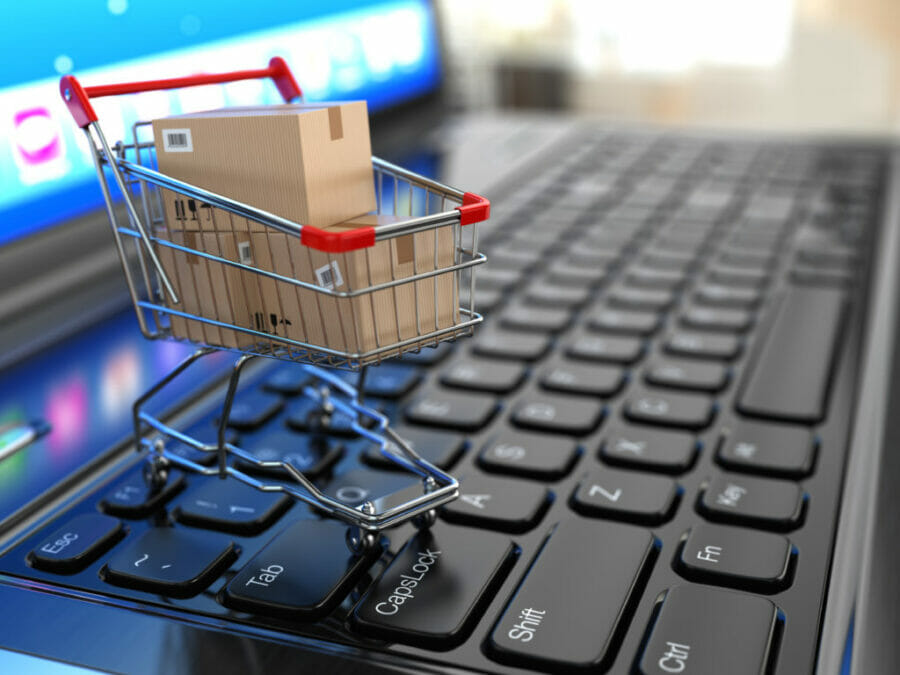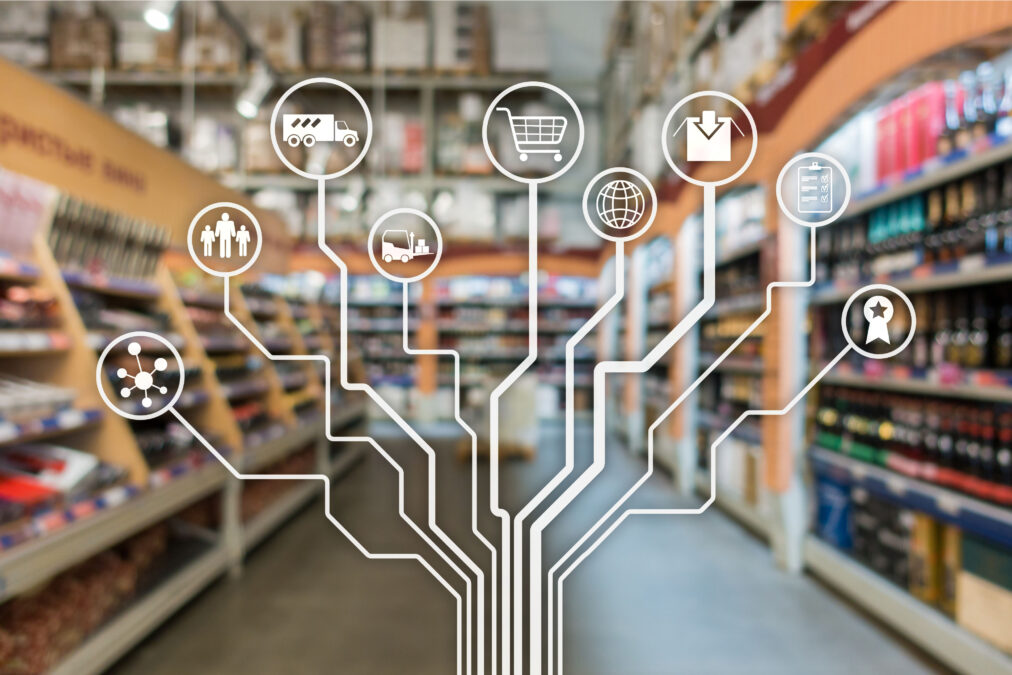Propelled by the pandemic, consumers are increasingly moving towards online shopping, due to the simplicity and convenience of the shopping experience. As we look to 2022, we can expect to see e-commerce continue to build on the accelerated growth experienced in 2021.
There are three key areas of consideration for merchants next year: the need to localise payments amidst rising interchange fees; how to best leverage buy now pay later; and the accelerated growth of mobile commerce.
Localising payments will be critical
The pandemic has brought the world closer than ever before, but selling internationally will remain complicated in 2022. With a rise in interchange fees looming in the US next April, and a hike in fees for transactions between the UK and European Economic Area post-Brexit kicking in this fall, merchants around the world are facing an unenviable choice: absorb these increased costs, or pass them on to customers in the price of products or services – a move that could deter future sales. With cross-border sales predicted to account for 20% of global e-commerce in 2022, the impact of higher fees will be felt across the business community in the form of decreased authorisation rates and increased costs.
There’s a misconception with fees that ‘it is what it is’ and there’s nothing merchants can do to increase cross-border conversions – but there is another way. By partnering with paytech providers, sellers can avoid cross-border fees altogether in 2022. That is, merchants can leverage a network of local banks through these payment processors to route transactions via banks in the same region as the cardholder. By localising transactions in this way, merchants not only reduce cross-border fees from card issuers but increase payment authorisation, since banks are more likely to approve purchases that are made locally.
To increase authorisation rates, we will see more merchants take advantage of local currencies and payment methods. Failing to do so would be an unnecessary barrier to increased revenue as those using local currencies are reporting a 12% increase in sales. The same goes for payment methods. Local payment methods such as the EU’s SEPA or Boleto in Brazil make consumers more confident in their payments, hence its growing importance to merchants who are looking to streamline the payment experience.
Effectively localising global payments is now a must for international sellers looking to capitalise on the explosion of e-commerce post-pandemic.
Venturers Club roundtable: driving success within e-commerce
Increased adoption of BNPL
As the pandemic continues to put pressure on consumer spending power, Buy Now Pay Later will continue to boom in 2022. But what does this trend mean for merchants?
Retailers are attracted to the promise of higher conversions and average order sizes. And while BNPL helps customers to spread their cost, it’s important to note that not all customers are eligible to use this payment method because of a “soft credit check”. This is an instant credit check taking place at the time of purchase, unlike credit cards where all checks occur prior to any purchases. This soft check examines any previous shopping history and a few other pieces of information.
However, if part of the information the retailer needs is not available, and there is no history of the customer on their records, they may fail the checks and the payment may not be successful. What this ultimately means is that higher conversions are not a given. In fact, authorisation rates with BNPL can sometimes be significantly lower than your Visa and Mastercard authorisation rates.
Failed checks could drive some customers to shop elsewhere. As a business, BNPL is a great payment method to offer your customers, especially when you work with a provider that can fund you the full amount upfront – meaning the instalment payments don’t impact you at all. But retailers must go into it with their eyes wide open, and be aware of the risk of lower authorisation rates and failed transactions. This could result in some loyal customers getting frustrated by the failed checks.
Basically, don’t expect BNPL to be the magic bullet that will drive sales.
Fraud scenarios in the ‘Buy Now, Pay Later’ ecosystem
Mobile first market place
A key channel gaining ground this year is mobile commerce. Predicted to reach $3.56 trillion globally by the end of 2021, m-commerce now makes up more than 70% of total e-commerce sales. In an increasingly competitive market, online retailers must be ready to meet their customers whenever and wherever they choose to shop next year — including on their mobile devices. This means now is the time to stress test digital marketplaces to ensure a user-friendly experience, no matter which device a customer uses to access them.
Mobile sites should be easy to navigate and even easier to checkout. Simple fixes like integrating your website with social media channels can turn casual scrolling into casual shopping, as consumers look for goods on channels such as Instagram and Pinterest. These channels also offer a great way to reach customers at the start of their purchase journey and a well-timed ad campaign or personalised offer can make all the difference in getting customers to hit the buy button.











